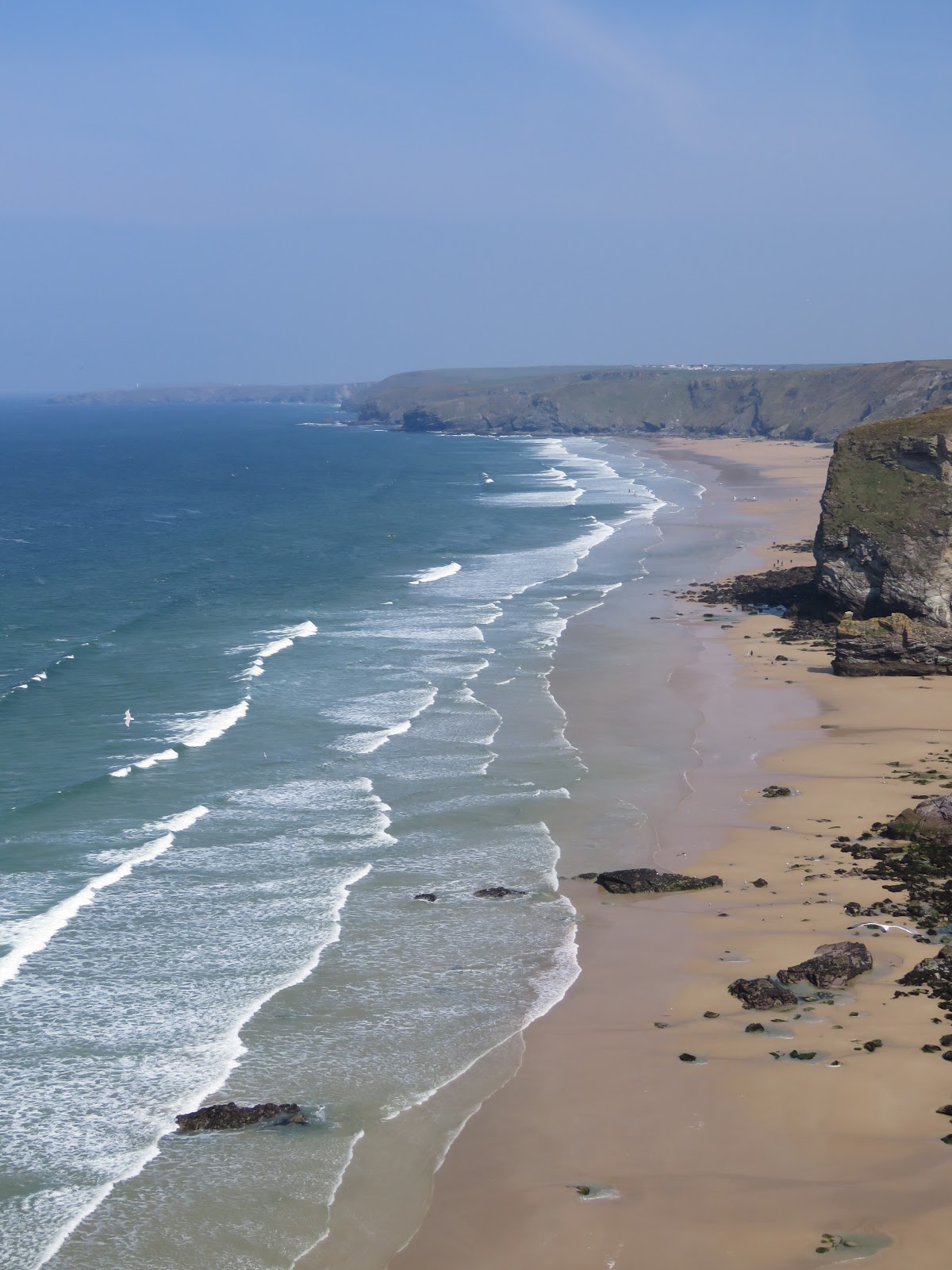"Enjoy yourself, it's later than you think..."

I don't know whether or not we are coming to the end of a decade or not - some say that at the finish of 2020 is when we reach the real end - but let us suppose that we are. Another 10 year chunk of time has passed us by, the big clock has been ticking at it hasn't stopped for no man, bird, plant, dragonfly, butterfly or moth. Back in 2010 could we really have conceived of three-figure flocks of Cattle Egrets, of winters as mild as a poor summer and passerine numbers disappearing into a black hole? What will we find when we await at the gates of 2030? To be honest, I shudder to think. Anyhow, that's it for 2019. Not a marvellous year if I'm being honest, it had its moments but there was an awful lot of mediocrity to wade through. Normally I have plans in plenty for the upcoming year, but they seem to have gone missing. I'm going to busk it. I'm not sure where I will be tomorrow, it's that open. Maybe a bit more time down at Dungeness, a few more plant s...








